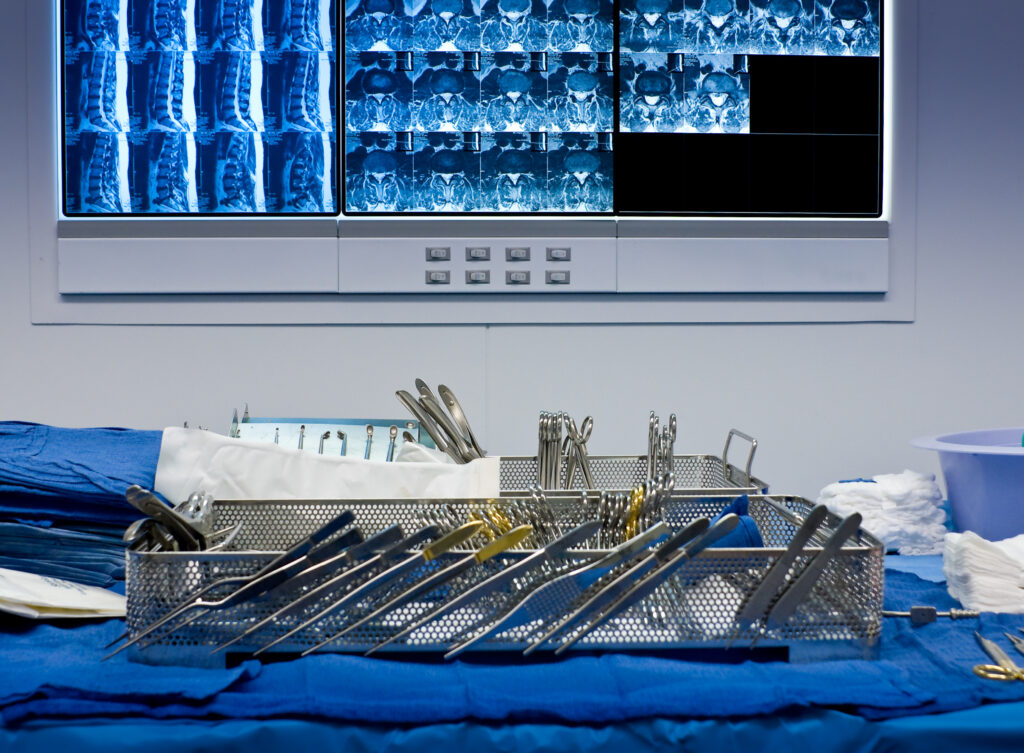Request Free Consultation
Easy. Quick. Confidential.
- We Respect Your Privacy. Privacy Policy.
- Protected By Google reCAPTCHA | Privacy - Terms
When is an insult to the common bile duct medical malpractice?
An injury or insult to the common bile duct during a laparoscopic cholecystectomy is a known risk of the procedure. The failure to recognize any such insult on a timely basis and take the appropriate remedial measures is medical malpractice. In addition, the surgeon must take every reasonable precaution to prevent such an insult from occurring given the circumstances of a particular case.
The incident rate for gallstones is approximately 10-20 percent of the adult population living in the United States. There are approximately one million new cases every year. Not every case of gallstones, however, requires surgery. Only when the gallstones are symptomatic and when other more conservative treatment alternatives have failed, will the physician recommend surgical removal of the gallbladder to treat the condition. Even so, there are still approximately 600,000 cholecystectomies performed in the United States each year.

The laparoscopic procedure produces only small scars, little pain, and a much shorter recovery period than what was traditional with the open procedure.

Prior to 1993, the prevailing treatment of symptomatic gallstones was by an open cholecystectomy. In this operation, the surgeon makes an abdominal incision to gain access to abdominal cavity and then removes the gallbladder.
This open operation has been performed for over 100 years and is considered a safe and effective method for the treatment symptomatic gallstones. This procedure provides the surgeon with good visualization of all of the vital structures within the abdominal cavity, including the common bile duct.
The surgeon is also able to feel, or palpate, the abdominal structures to accurately identify them before any clipping or dissecting is performed. This is important because the biliary structures (the common bile duct, the cystic duct, and the hypatic duct) can be mistaken or misidentified as the other.
The surgeon must be sure what structure she is dealing with; otherwise, she can produce a serious injury if a vital structure is mistaken to be a non-vital one. Given the good visual field and the opportunity for the surgeon to be “hands-on,” there was traditionally little opportunity for error. The operation, however, does produce a fairly large surgical scar and requires an extensive recovery period, consisting of an overnight hospital stay and a one-to-six week convalescence period. Because of its long record of providing a safe and effective treatment, however, the open cholecystectomy remains the standard against which all other treatments must be measured.
In 1987, the first laparoscopic cholecystectomy was performed. In this procedure, the surgeon makes several small incisions by which to insert the needed instruments and then distends the abdominal cavity with carbon dioxide gas to enable a workable surgical field. By use of the laparoscopic imaging equipment, the surgeon is able to view the gallbladder and surrounding structures on a monitor. The surgeon will then identify the structures, visually, and sometimes by use of an imaging device known as a cholangiogram. After identification, the surgeon will dissect the connective structures and remove the gallbladder through the small opening. The laparoscopic procedure produces only small scars, little pain, and a much shorter recovery period than what was traditional with the open procedure. Given these benefits to the patient, the laparoscopic method became increasing popular, and today is the procedure of first choice.
With these benefits, however, came the increased risk of injury to the vital structures that surround the gallbladder, particularly to the common bile duct. The primary cause of this injury is the misidentification of the cystic duct as the common bile duct. The surgeon’s training and experience plays a large role in producing such an injury since the laparoscopic technique requires greater skill than what was traditionally required when performing an open procedure. When in doubt as to accurate identification of the structures, or when there is an anomaly in the biliary anatomy, the surgeon should immediately convert the operation to an open procedure before performing clipping or division.
An insult to the common bile duct during a laparoscopic cholecystectomy can result in serious and permanent complications to the patient requiring further stenting and surgical procedures into the future. The failure to recognize the injury to the common bile duct during the surgical procedure places the patient in a life-threatening situation.
Since 1987, Mr. DiMartini has represented medical malpractice victims throughout the New York City metropolitan area. He has fought hard to obtain significant settlements for his injured clients who have had their common bile duct insulted during gallbladder surgery. He knows how to counter the tactics the other side will use to attempt to defeat your claim.
If you believe your common bile duct was injured due to a surgical mistake or error, We will evaluate your claim with a highly experienced medical and legal team. If we determine that your injury was due to a departure from accepted medical and surgical care, we will aggressively and professionally pursue your claim to get you the maximum compensation you deserve.
If you or a loved one has been injured as a result of damage to the common bile duct during a laparoscopic cholecystectomy, we are here to fight for your rights. The consultation is free. There is never a fee unless we win your case!

An insult to the common bile duct during a laparoscopic cholecystectomy can result in serious and permanent complications to the patient requiring stenting and surgical procedures into the future.

New York City Common Bile Duct Injury Lawyer.